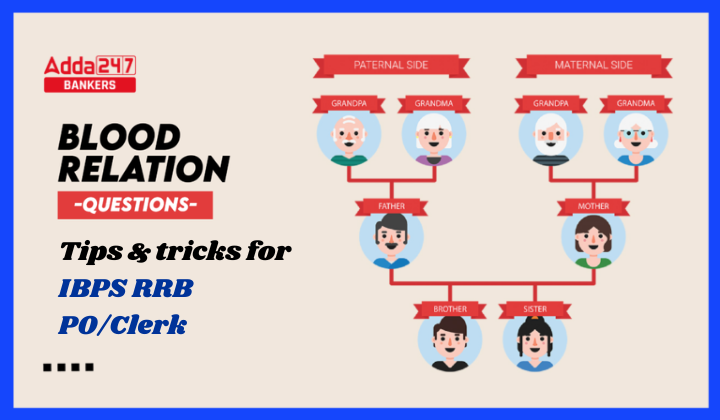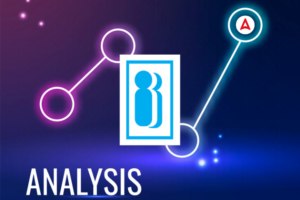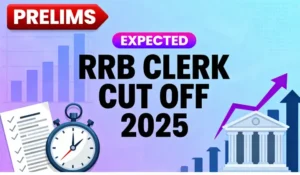Blood Relation is an important topic in the Reasoning section of the IBPS RRB Exam. It checks how well a candidate can understand relationships in a family based on the given information. These questions are usually easy if practiced well and can help you score quickly in the exam. Since they are asked often in both Clerk and PO exams, learning how to solve Blood Relation questions is very helpful for scoring better.
Blood Relations Tricks for IBPS RRB Clerk & PO Exam 2025
Blood Relation questions are a crucial part of the Reasoning section in the IBPS RRB Clerk and PO exams. With proper strategies and regular practice, solving these questions becomes quick and error-free. As they frequently appear in both Prelims and Mains stages, mastering shortcuts and tricks to solve Blood Relation questions can significantly boost your overall reasoning score and save valuable time during the exam.
Concept and Logical Approach of Blood Relation
Blood relationship refers to familial ties between individuals based on biological descent rather than legal or marital relationships. In blood relationship reasoning questions, a set of relationships is given, and the task is to analyze the information to determine how two specified individuals are related. These problems test the ability to make logical inferences and interpret family hierarchies and relationships.
Types of Blood Relation
Blood Relation reasoning questions test your ability to analyze family connections and logically conclude how individuals are related. Here’s a breakdown of the types of questions you’ll encounter:
1. Puzzle Based Family Tree
This type may have direct or indirect statements which shows the relationships between family members. This family may have multiple generations, marrieges and in-laws. You are required to use the given details to interpret the information correctly.
2. Coded Relationships
Here, symbols or codes represent family relationships (e.g., + for father-son, * for sister-brother etc). You need to decode these symbols based on the provided information.
Example:
A+B means A is the father of B
A*B means A is the sister of B
Statement: P+Q, Q*R
Question: Hos is P related to R?
Blood Relation: Step-by-Step Guide
To solve Blood Relation questions accurately, follow this step-by-step guide:
1. Understand Family Relations:
It’s essential to be clear on common terms like father, mother, sibling, aunt, uncle, etc. Familiarizing yourself with these helps interpret the information correctly.
2. Avoid Gender Assumptions:
Don’t assume someone’s gender based solely on names. For example, if a question says “A is the son of B,” don’t assume that B is female unless it’s clearly mentioned in the question.
3. Use Visual Representations:
Create diagrams or family trees to map out relationships. This can help simplify complex questions and make it easier to visualize the connections between family members.
4. Practice Regularly:
Consistent practice is key to mastering Blood Relation questions. The more you practice, the more comfortable you’ll get with identifying relationships and solving different types of questions.
Blood Relations Questions for IBPS RRB Clerk & PO Exam 2025
Directions (1-2): Read the following information carefully and answer the following questions.
In a family of seven members. T is married to the mother of R. H is the son of T. H is married to K. E is the granddaughter of P. J is uncle of E and is married to R. R has no child.
Q1. Who is married to the father of R?
(a) E
(b) P
(c) K
(d) Cannot be determined
(e) None of these
Q2. Who is the sister-in-law of J?
(a) T
(b) H
(c) P
(d) K
(e) None of these
Directions (3-4): Read the following information carefully and answer the following questions.
There are nine members in the family. T is a female. R is the mother-in-law of K. K is the mother of P and T. U is the maternal uncle of P. H is the brother-in-law of Q, who is married to U. H is the father of P, who is the grandson of G. Y is the father of U. G is a male.
Q3. Who is the husband of R?
(a) G
(b) Father of H
(c) Father-in-law of K
(d) All of these
(e) Both (a) and (c)
Q4. Four of the following five are alike in a certain way based on a group, which among the following does not belong to that group?
(a) G
(b) H
(c) U
(d) Y
(e) Q
Q5. T and Q are children of S, who is the wife of U. R is married to Q, who has one son and one daughter. If T and R are male members of the family, then how is Q related to the son of T?
(a) Uncle
(b) Aunt
(c) Niece
(d) Grandmother
(e) None of these
Directions (1-3): Answer the questions based on the information given below.
A % B means A is the wife of B,
A@B means A is the son of B,
A$ B means A is the brother of B,
A & B means A is the daughter of B,
A*B means A is the sister of B,
A# B means A is husband of B.
Q1. If Q’s wife is grandmother of U, then which of the following is true?
(a) U@R&P*Q$S#H
(b) P@M&Z%Q@S#U
(c) T&P&R#Q*S#U
(d) U@R&P%Q@S#T
(e) None of these
Q2. If B#A&R%Q@S, then how is R related to B?
(a) Sister-in-law
(b) Mother-in-law
(c) Father
(d) Mother
(e) None of these
Q3. If Q#S&P%T@B%A, then how is B related to S?
(a) Sister
(b) Grandmother
(c) Father
(d) Brother
(e) None of these
Directions (4-5): Study the information below and answer the questions.
A&B means A is the brother of B,
A$B means A is the daughter of B,
A#B means A is the husband of B,
A@B means A is the son of B,
A?B means A is the wife of B.
Q4. If expression ‘J@F$G?E@H?I’ is true, then how is F’s mother’s father-in-law is related to J’s mother’s father?
(a) Sister
(b) Mother-in-law
(c) Father
(d) Uncle
(e) None of these
Q5. If expression ‘G@J#F$H#E’ is true and D is brother of E then how is D’s brother-in-law related to G?
(a) Father
(b) Grandmother
(c) Mother
(d) Grandfather
(e) None of these




 CAIIB BRBL Exam Analysis 2025, 14 Decemb...
CAIIB BRBL Exam Analysis 2025, 14 Decemb...
 IBPS RRB Clerk Expected Cut off 2025, Ch...
IBPS RRB Clerk Expected Cut off 2025, Ch...
 SBI SO Recruitment 2025 Notification Out...
SBI SO Recruitment 2025 Notification Out...







